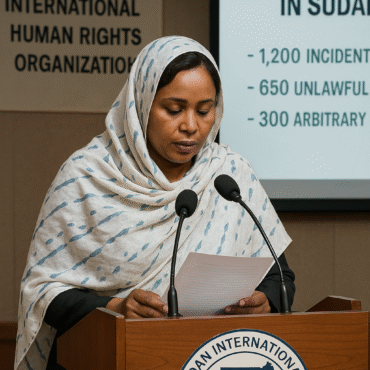Climate Change and Agricultural Land Use: An Analysis of Emissions in Sudan’s Neighboring Countries
Background
The relationship between land use and climate change is a critical area of study, particularly in the context of agriculture, which is both a source and a sink of greenhouse gases (GHGs). Agricultural practices, including cropping and livestock management, significantly impact GHG emissions through mechanisms such as soil cultivation, fertilizer use, and methane emissions from ruminants. Understanding the dynamics of emissions per area of agricultural land is essential for developing sustainable agricultural practices and mitigating climate change impacts.
Introduction
This report examines the changes in agricultural land emissions per area between 2017 and 2018 in six African countries: Sudan, Egypt, Eritrea, Ethiopia, South Sudan, and Chad. These nations, characterized by diverse climates and agricultural practices, offer a valuable perspective on how different factors contribute to emissions in the agricultural sector. The analysis is based on data aggregating emissions intensity, providing insights into the environmental efficiency of agricultural land use.
Main Comparisons
- Chad: The slight increase in emissions from 1.54 to 1.63 suggests a marginal intensification of agricultural activities or a shift towards practices with higher GHG emissions. This could be attributed to increased livestock density or the adoption of crop types that require more intensive land management practices.
- Egypt: The decrease in emissions from 9.10 to 8.49 indicates an improvement in emissions efficiency, possibly due to the adoption of more sustainable agricultural practices, such as improved irrigation techniques, crop rotation, or the use of lower-emission fertilizers. Given Egypt’s reliance on the Nile for irrigation, water management improvements could significantly impact emissions efficiency.
- Eritrea: The constant emissions value of 0.66 reflects a stable agricultural sector with no significant changes in land use practices. This stability could be due to a balance between agricultural expansion and adopting practices that mitigate emissions, such as agroforestry or improved grazing management.
- Ethiopia: The virtually unchanged emissions from 3.46 to 3.46 suggest that any changes in agricultural practices or land use had a neutral impact on emissions. Ethiopia’s diverse agricultural systems, from highland coffee cultivation to lowland pastoralism, may have experienced varied changes that collectively resulted in stable emissions intensity.
- South Sudan: The increase from 1.86 to 2.09 could reflect changes in agricultural land use, such as deforestation for cropland expansion or increased livestock numbers. Given South Sudan’s post-conflict recovery context, such changes could be linked to reconstruction and development efforts impacting land use.
- Sudan: The slight increase from 0.75 to 0.76 might be due to incremental agricultural practices or land use changes. Sudan’s vast arid and semi-arid regions are susceptible to desertification, which could influence emissions intensity through soil carbon stocks and vegetation cover changes.
Conclusion
The analysis of agricultural land emissions per area between 2017 and 2018 in the selected African countries reveals nuanced changes that reflect a complex interplay of agricultural practices, land use change, and environmental policies. While some countries improved emissions efficiency, others experienced slight increases, underscoring the need for targeted interventions to promote sustainable agriculture. These findings highlight the importance of continuous monitoring and the adoption of innovative farming practices to mitigate climate change impacts while ensuring food security and sustainable development in the region.




Add Comment